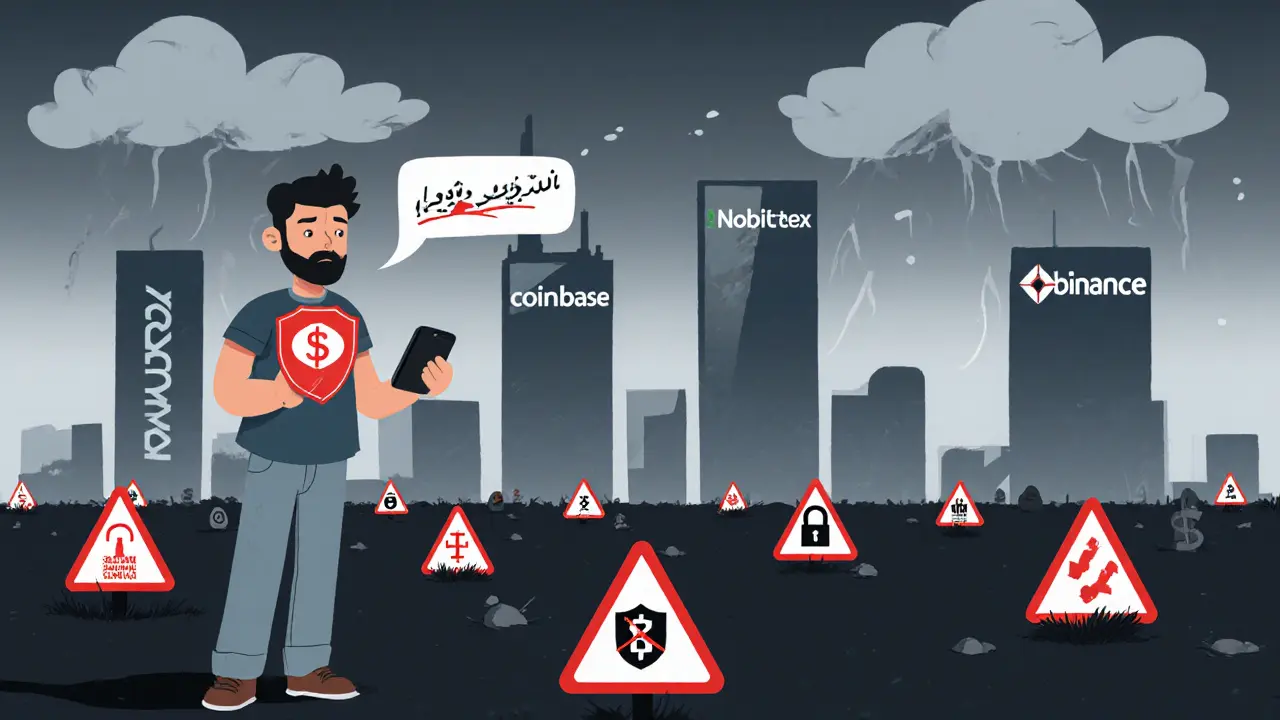Sanctions in Crypto: Rules, Bans, and Compliance
When dealing with sanctions, government‑imposed restrictions that limit or prohibit certain crypto activities. Also known as financial sanctions, they affect everything from token listings to cross‑border transfers. In the crypto world, crypto regulations, the set of laws that govern digital asset usage and trading and AML compliance, procedures aimed at preventing money‑laundering through blockchain are tightly linked to sanctions. Understanding how these three pieces fit together is the first step to staying on the right side of the law.
Key Concepts Behind Crypto Sanctions
Sanctions encompass regulatory restrictions that directly limit crypto transactions, token issuances, and exchange operations. Because of that, crypto exchanges require compliance with sanctions to keep their licenses intact. When a jurisdiction imposes a sanction, financial institutions enforce it by freezing assets, flagging wallets, and filing suspicious‑activity reports. This chain – sanctions → exchange bans → compliance checks – creates a predictable pattern that traders can anticipate.
Exchange bans are a concrete example of how sanctions play out on the ground. If a regulator designates a token as illicit, major platforms often remove it from their listings, effectively cutting off market access. That removal forces users to look for alternative venues, usually smaller or unregulated exchanges, which in turn heightens the risk of fraud. The ban also sends a clear signal to investors: the asset may be under heightened scrutiny, and future price moves could be volatile.
Regulatory authorities such as the U.S. Treasury’s Office of Foreign Assets Control (OFAC) or the European Union’s sanctions committee publish lists that crypto firms must scan against. Those lists are the backbone of AML compliance programs, which use automated tools to match wallet addresses, token contract IDs, and transaction patterns. When a match occurs, the platform must either block the transaction or report it, depending on the jurisdiction’s rules.
Financial institutions play a bridging role between sanctions and everyday crypto users. Banks that offer fiat on‑ramps or off‑ramps are obligated to monitor incoming and outgoing transfers for sanctioned entities. By doing so, they create an additional layer of defense that stops illicit funds before they reach the broader blockchain ecosystem. This collaboration between banks and crypto platforms reduces the overall risk of money‑laundering and terrorist financing.
For traders, the practical takeaway is simple: always check the sanction status of a token before you invest. Use reputable monitoring services, read exchange announcements, and understand the AML policies of the platforms you use. Staying informed not only protects your funds but also keeps you compliant with global financial rules.
Below you’ll find a curated collection of articles that dive deeper into these topics— from exchange reviews that highlight how sanctions affect fees and security, to country‑specific guides that explain local crypto bans and their enforcement. Whether you’re curious about the latest JPEX scandal or want a step‑by‑step guide to navigating AML requirements, the posts ahead will give you actionable insights and real‑world examples.
Crypto Exchanges Iranian Users Should Avoid in 2025
A 2025 guide showing which crypto exchanges Iranian users should avoid, why sanctions, hacks, and stablecoin caps make them risky, and how to stay safe.





